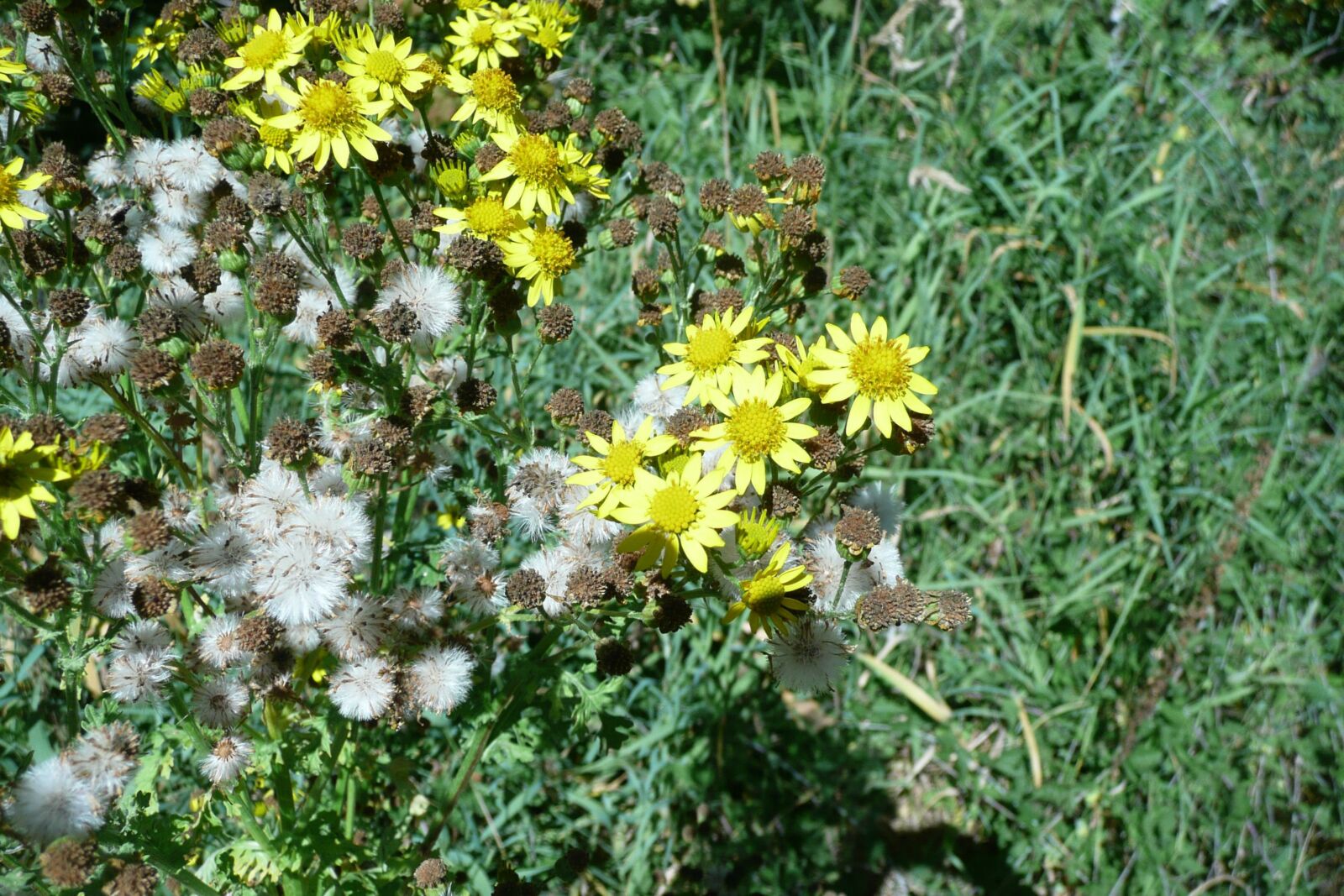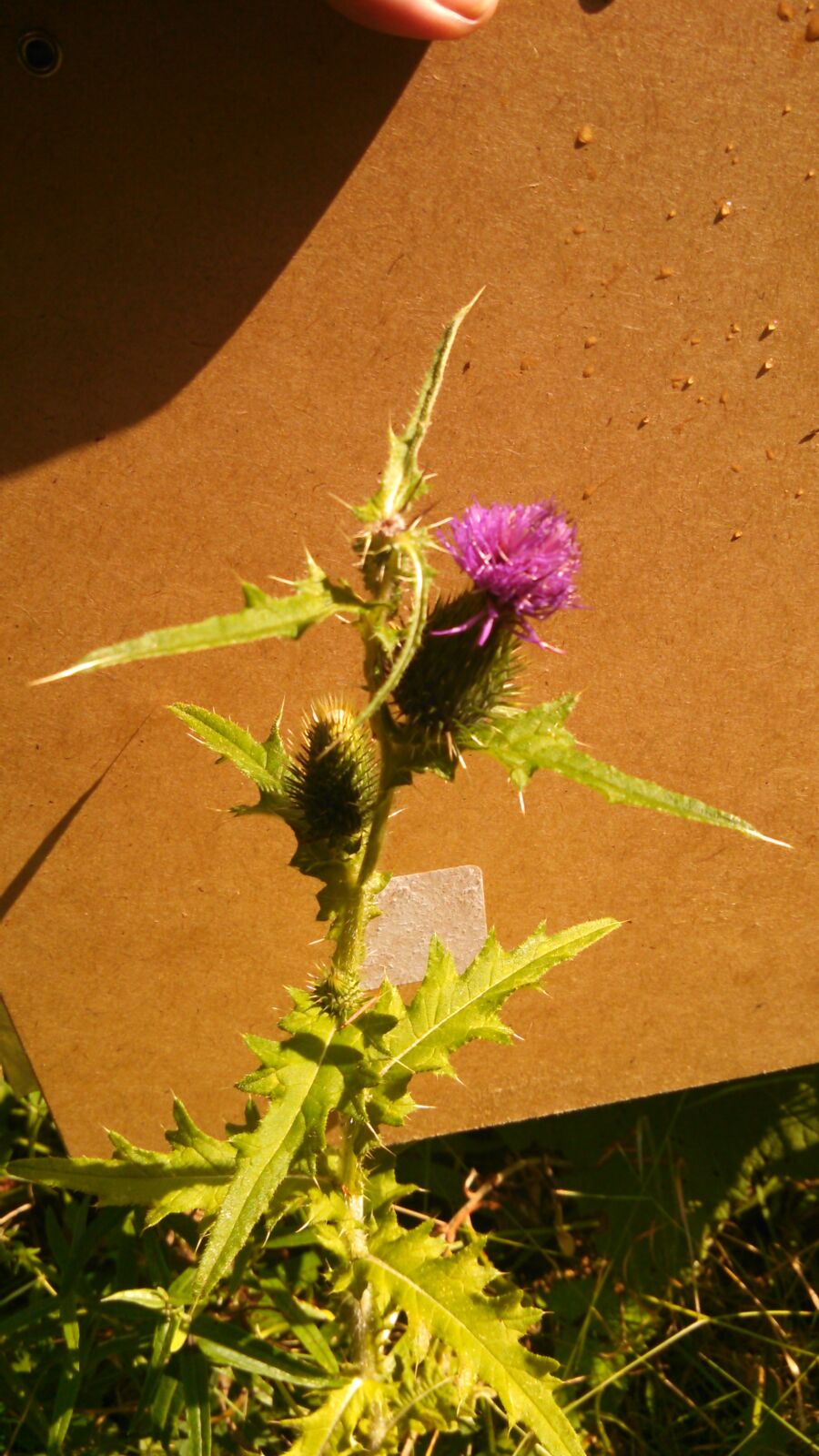We recruited and trained volunteers to conduct invasive plant surveys and eradicate infestations through our Early Detection Rapid Response (EDRR) program. We also educated the general public on problematic invasive species in Washington State.
Our volunteers focused on surveying and eradicating invasive plants on several National Forests over the 2014 field season. 160 trained Citizen Scientists surveyed over 550 acres in eleven counties! From these surveys, the volunteers documented infestations on 19 acres and treated (manually removed plant material) three acres of infested land.
Both positive (priority species found) and negative (no priority species found) survey reports that included GPS points and area surveyed were sent to land managers. Class A noxious weeds are the highest priority for removal and often times, land managers control the infestation immediately.
This season, one of our volunteers found a small but growing patch of a Class A noxious weed, Spartina anglica, in Skagit County and within the week, land managers where able to remove this infestation that was previously unknown to them.

Senecio jacobaea
A large portion of the surveys (67%) detected EDRR invasive species. In many cases, infestations were small enough that volunteers were able to manually remove them in situ before infestations had a chance to establish and spread. For example, volunteers removed and eradicated 2,530 individual invasive plants from forest service lands. Plant material was carefully bagged and deposited off-site in the city landfill so as not to promote spread.
We have shared the documented occurrences of invasive plants on local, regional and national scales. We reported invasive plant occurrences immediately to local land managers on the Olympic and Gifford Pinchot National Forest as well as to managers on other public lands where surveys were conducted. We also reported any occurrences to the county and state noxious weed control boards, and we documented occurrences of invaders on the national database EDDMapS, (Early Detection & Distribution Mapping System) to contribute to what is known about the nation-wide distribution of each species.

Cirsium vulgare
There have been numerous short and long-term benefits to participants of our EDRR Citizen Science Invasive Plant Survey and Control Program.
We have:
- increased public awareness of vital issues related to the impacts of invasive species;
- provided meaningful hands-on experiences for community members to be involved in conservation practice;
- increased communication and collaboration among private landowners, NGO’s, and state and federal agencies, and
- monitored hundreds of acres of forest land and other public land that has led to a measureable decrease in the number of newly established invaders.
Some key long-term benefits from our program include:
- cultivating lasting stewardship values related to local and national conservation issues;
- improvement of wildlife habitat; and
- protection of ecosystem and watershed health within the Olympic and Gifford Pinchot National Forests.
Learn more about the Pacific Northwest Invasive Plant Council and the NFF’s Matching Awards Program.

